According to reports: there are just too many panicked buyers in Madagascar. Major importers are staying out of the market frenzy, and not even seeking quotes. The prices we’re seeing without the big guys in the game are upwards of $250/kilo. This is for a crop which, according to Canadian importer Aust & Hachmann, has turned out to be of poorer quality than that of 2013, so far the worst crop on record. And that’s not just Madagascar: alternate origins like India, Uganda, and Papua New Guinea are savvy to what’s happening in the world’s capital of vanilla and quoting equally high prices.
This impacts all of us. A medium-sized flavor house will spend $5 million more per year on vanilla (stat from Aust & Hachmann’s October 2015 newsletter). That means an ice cream company using 200 gallons of vanilla each month will see their price for pure vanilla extract more than quadruple—and that’s just factoring in vanilla at cost. How do we (all of us) safeguard our margins while keeping our customers and protecting our distribution?
We all remember the Crisis that devastated the industry from 2001 to 2004, and who can afford to go through that again? What can we do to prevent or protect ourselves against another one?
The most important step is also the easiest to forget: Don’t panic. Panic drives speculators to hold the market past what should be its breaking point. As long as they can count on desperate buyers, prices will maintain their sharp incline. Panic comes in different forms: for both a vanilla importer and flavor house, panic means buying vanilla at these premium prices, risking the fact we may be stuck with expensive inventory and lose money. For a flavor house customer, it means ordering a stockpile of vanilla extract at current prices from the manufacturer—straining supply and adding to the tenuousness of the situation. We’re all in this together.
Second: Remember there’s vanilla outside of Madagascar. What matters is quality, not origin. And you can find good vanilla anywhere. As a flavor house, we have always maintained relationships with alternate origins—particularly Tonga and Indonesia, where we work on the ground to make sure the quality is high no matter what we find on the open market exchange. We have just wrapped up our season of harvesting and curing in Tonga, and I’m happy to report the vanilla is some of the best we have imported in years. On-the-ground work throughout the world’s vanilla regions has been a core part of our business since Ray Lochhead’s first sourcing trip to Mexico in the 1950s. Key origins change: In the early 1900s, Tahiti ruled the vanilla trade. Mexico went from a significant supplier in the 1950s to barely a boutique producer today. Indonesia surpassed Madagascar for almost twenty years after Madagascar’s political instability of the 1970s hurt its quota system. Uganda, India, Indonesia, and Papua New Guinea are all promising high yields in the near future. Once the floodgates of their supply are open—once producers need buyers instead of the other way around—Madagascar won’t be able to sustain their stranglehold.
Thirdly: Consider alternatives to pure vanilla extract until the prices soften. Cook’s has formulated more than 200 natural, natural and artificial, and artificial vanillas, each playing on a different shade of the vanilla bean’s more than 300 flavor components. Sample another option—like one of our many Category II vanillas that blend pure and natural vanilla—or try our alcohol-free vanilla emulsion, which will also offer cost savings. When most vanilla on the global market offers low vanillin content, poor aroma and distorted flavor profile, the quality of pure vanilla extract suffers too. We have worked hard to maintain the superiority of our own vanilla supply. But if the current market volatility blows out into another Crisis, the challenge to find quality vanilla will only grow harder. Review your options: when the quality of a pure vanilla extract deteriorates, the flavor profile of a natural and artificial vanilla may just safeguard the integrity of your own product.
The problem with prices such as these of course lies in the brutality of the imminent crash on all parties involved—from the grower on up. As the 2015 crops finish in Madagascar and India, we will continue updating our customers with as much information as we can gather. Of course there are only two ways the market can go: up or down. It’s a question of when, and that’s something no one can predict.
So for now, don’t panic. And as always, let us know how we can help.
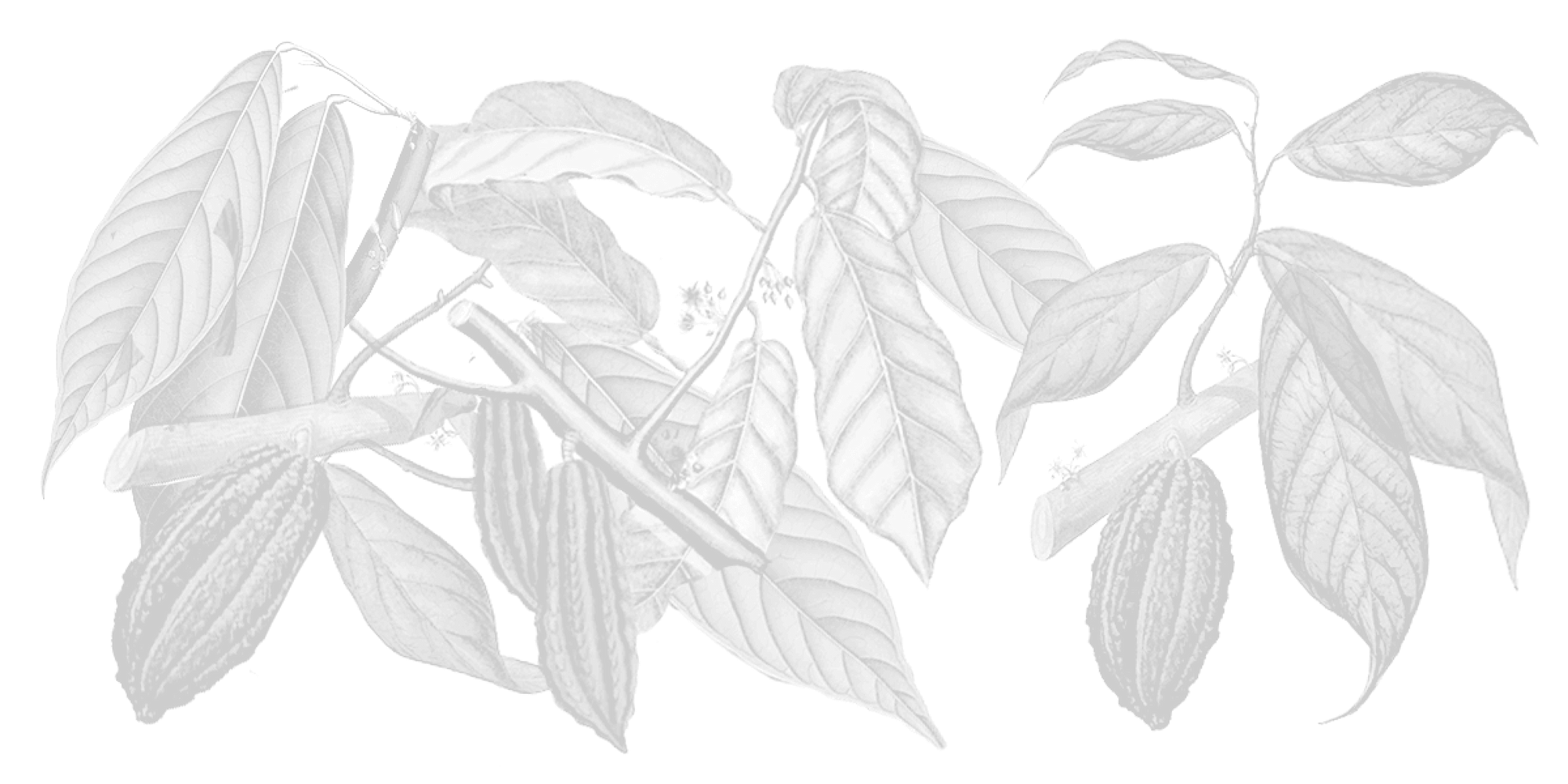
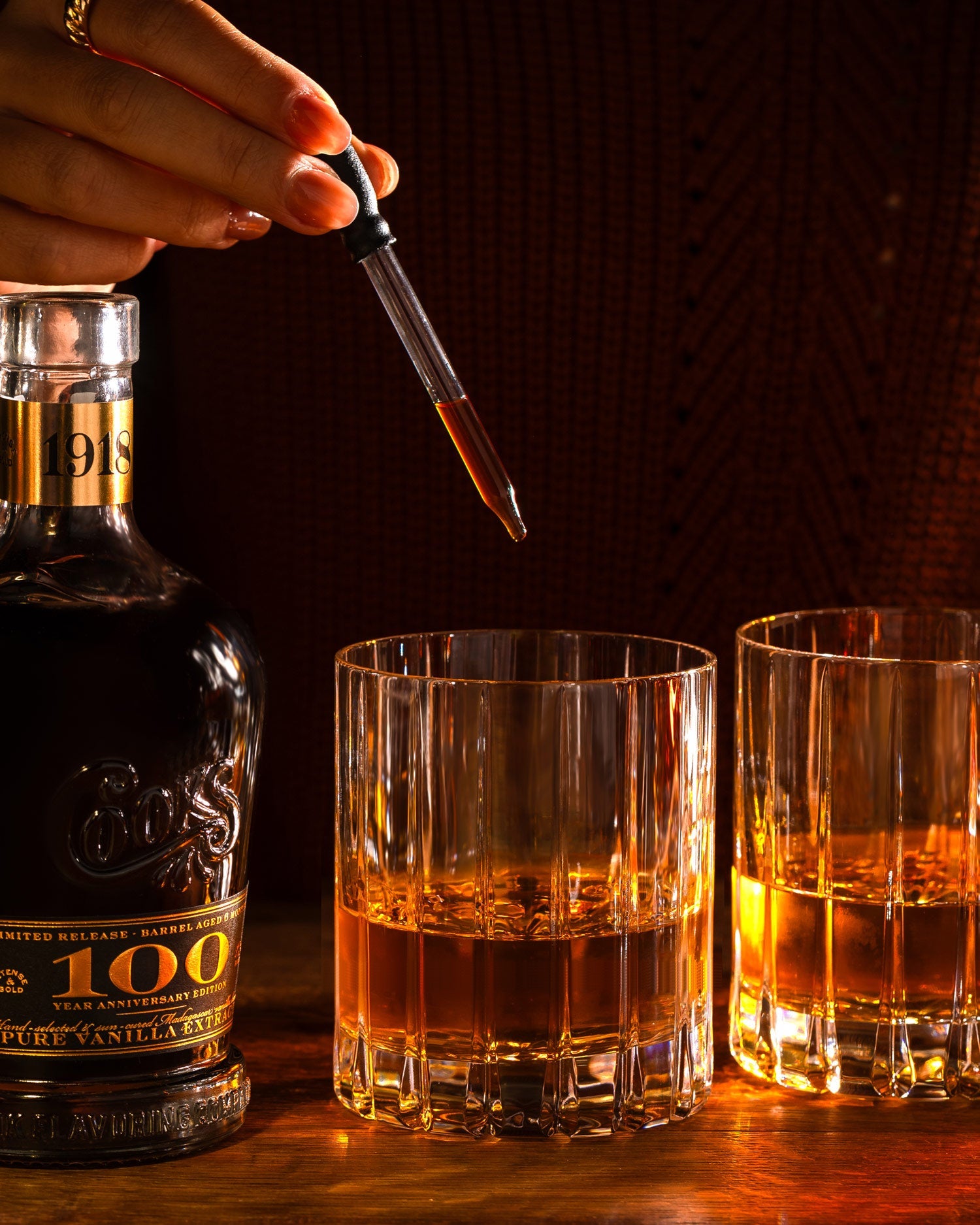

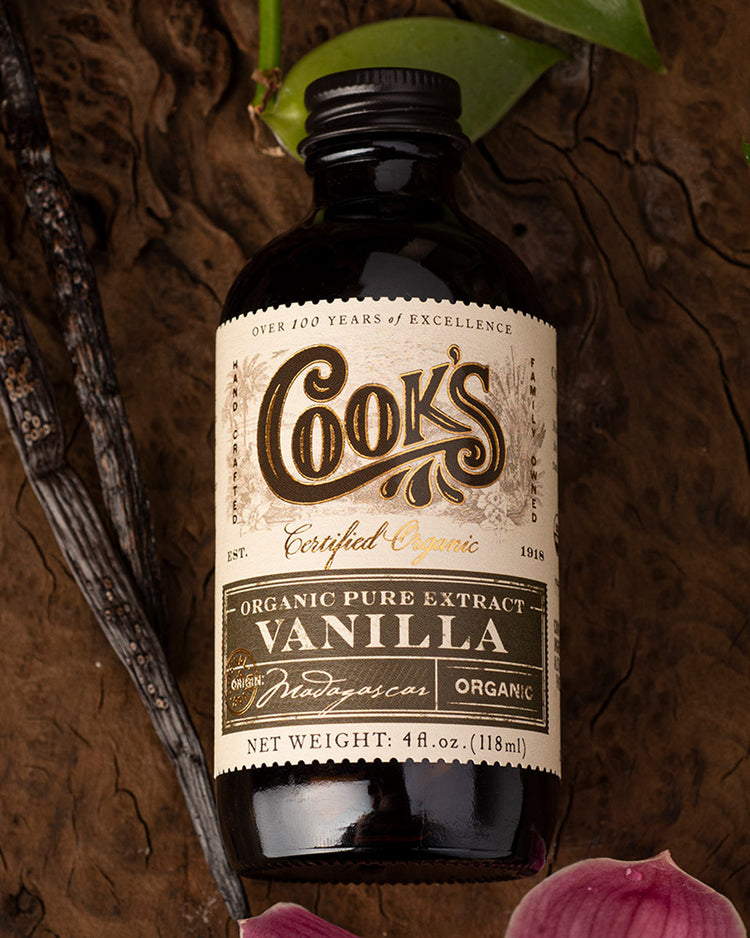
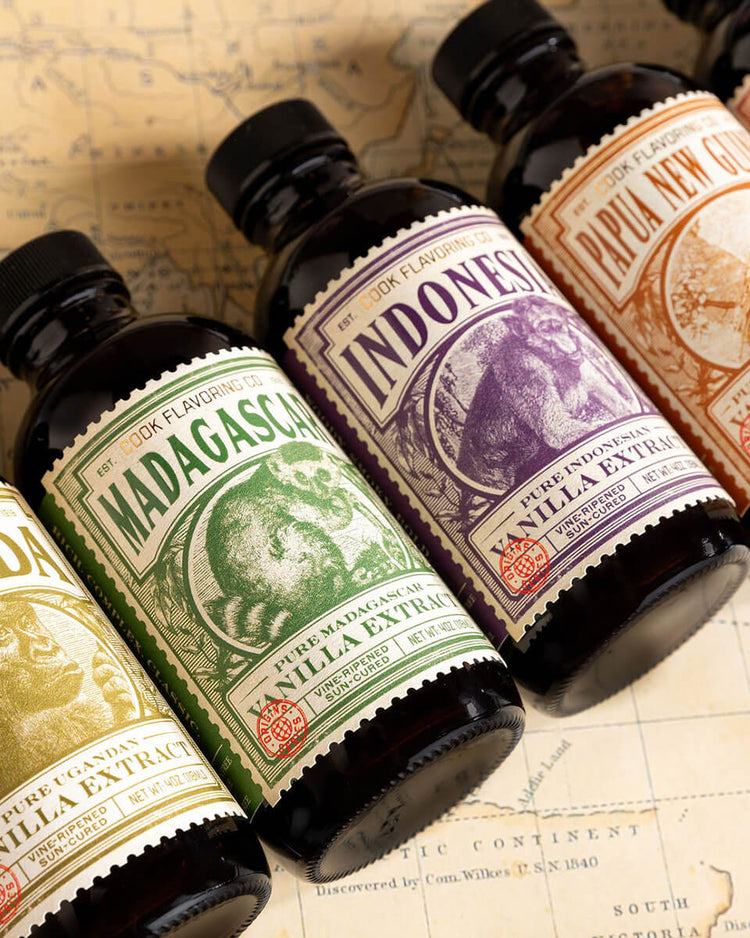


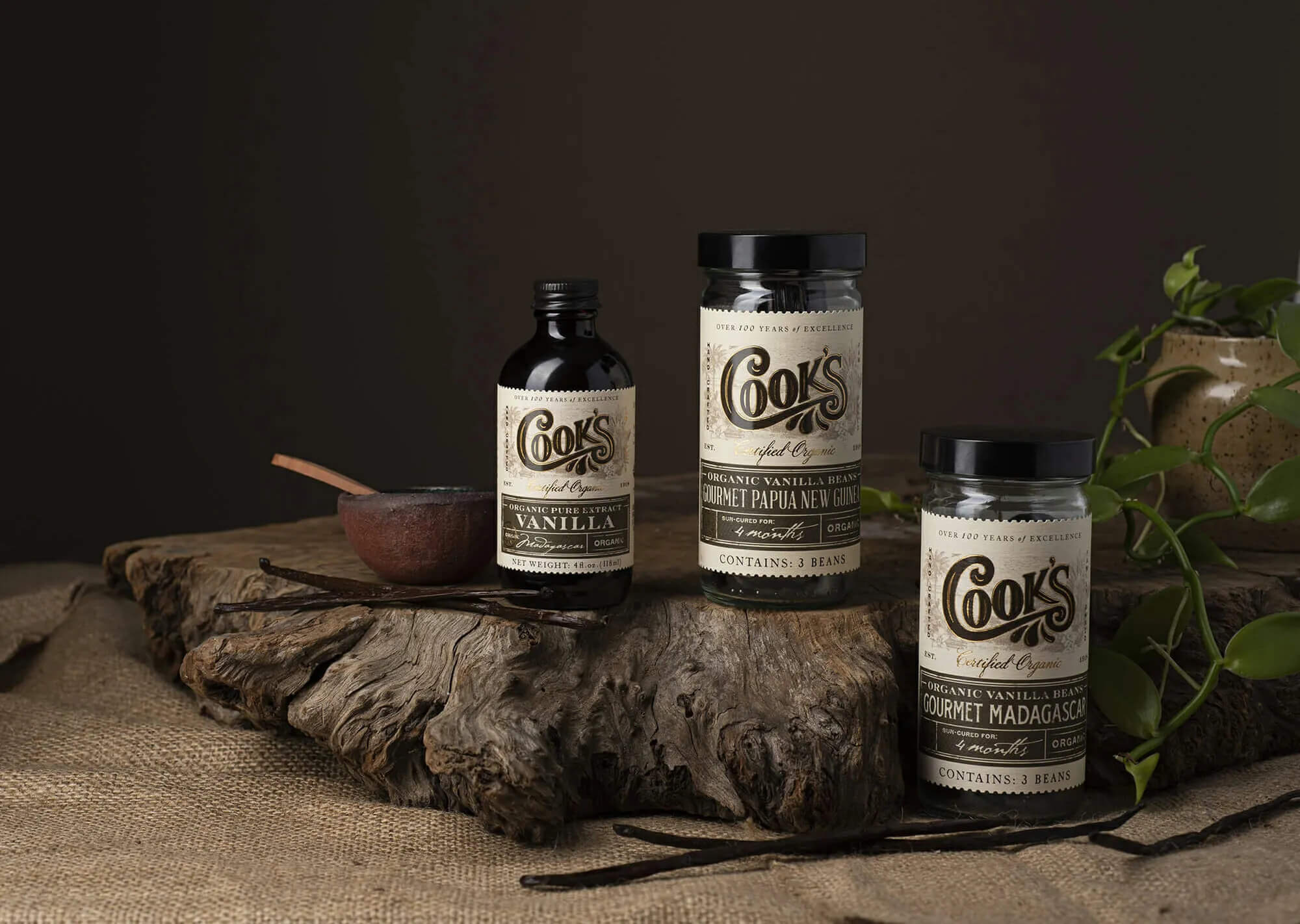
Comments